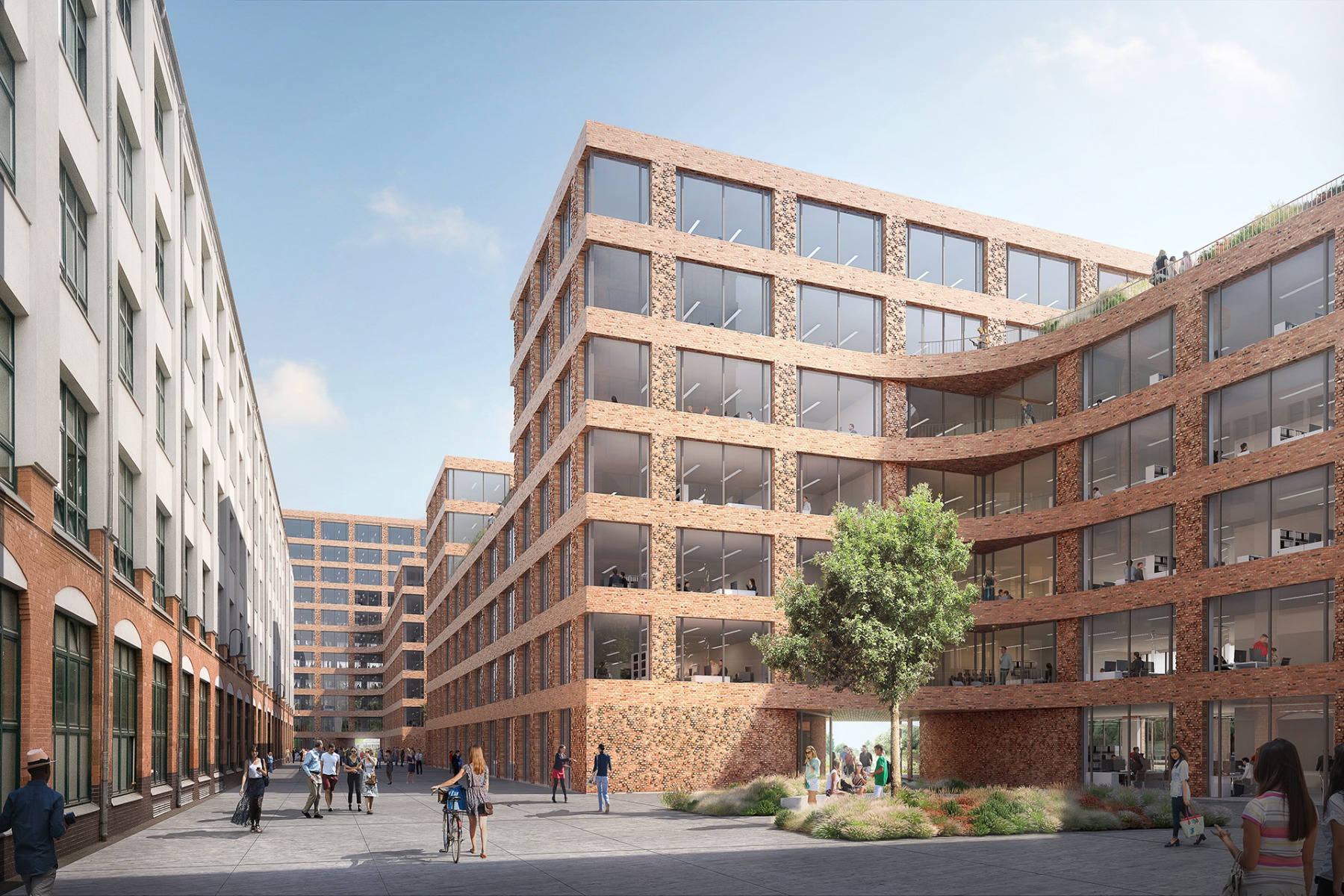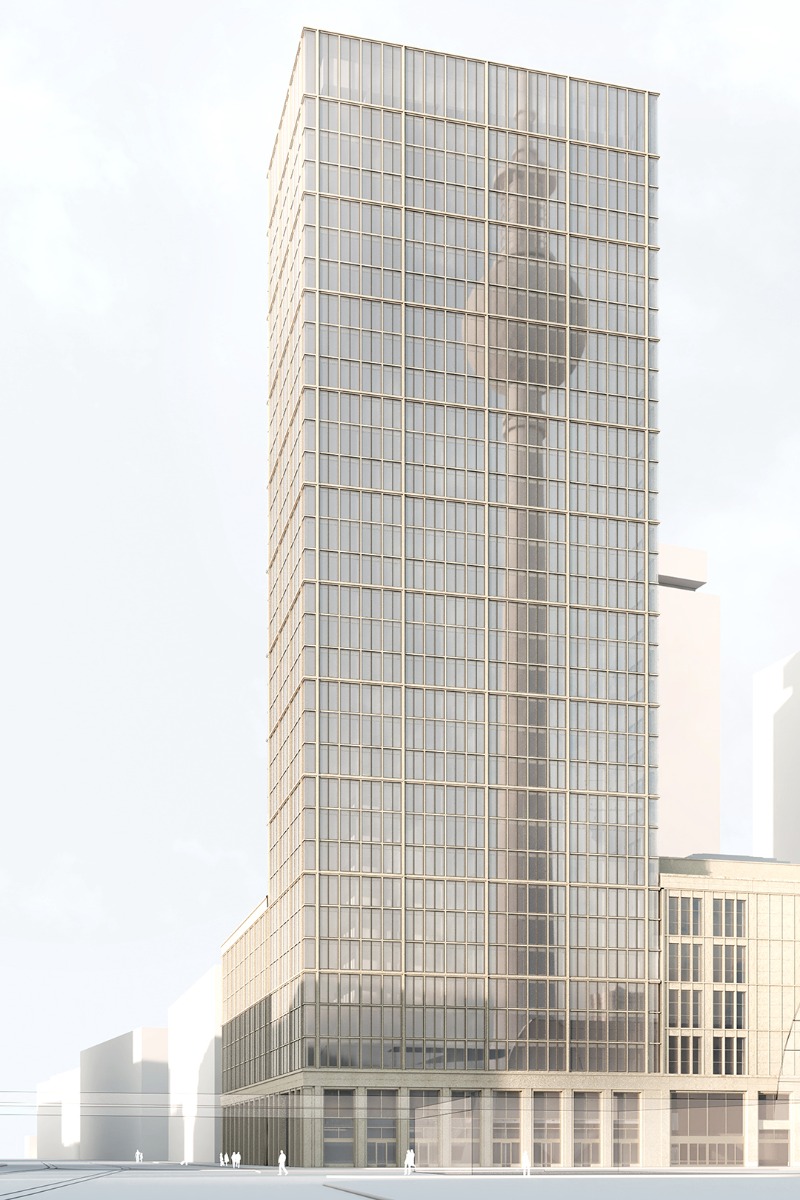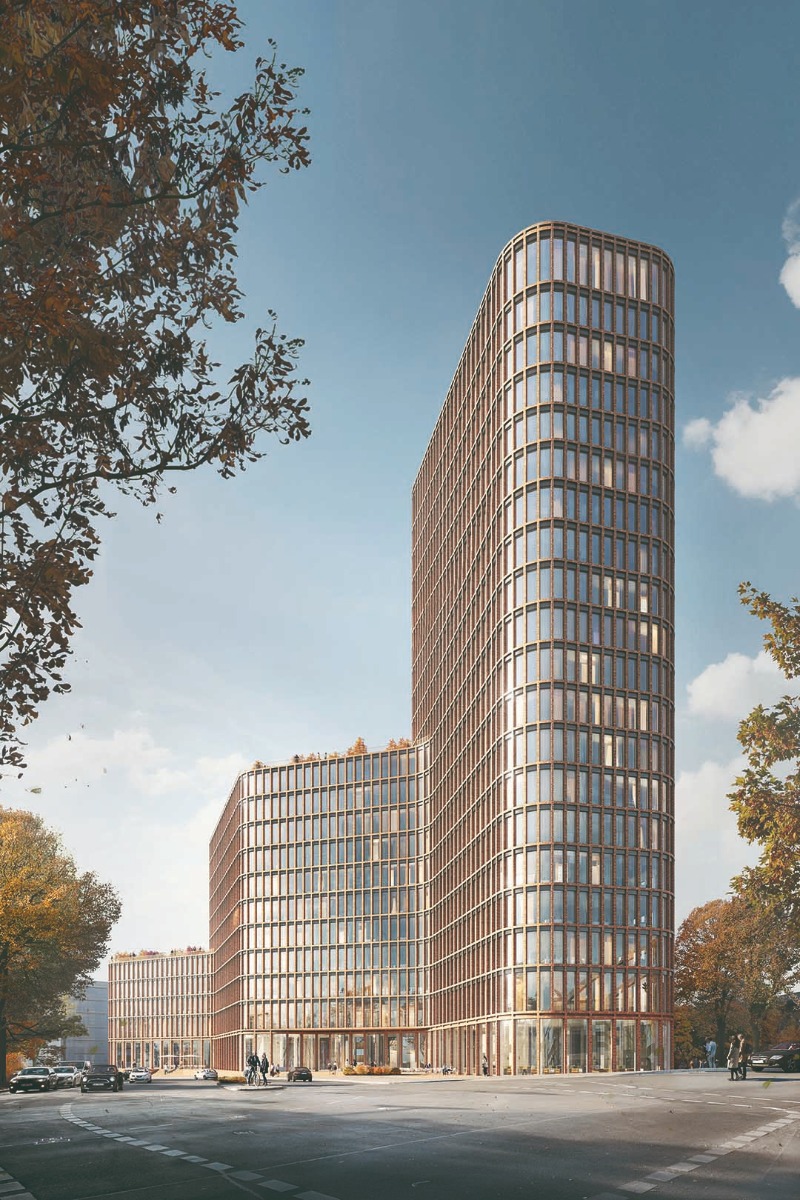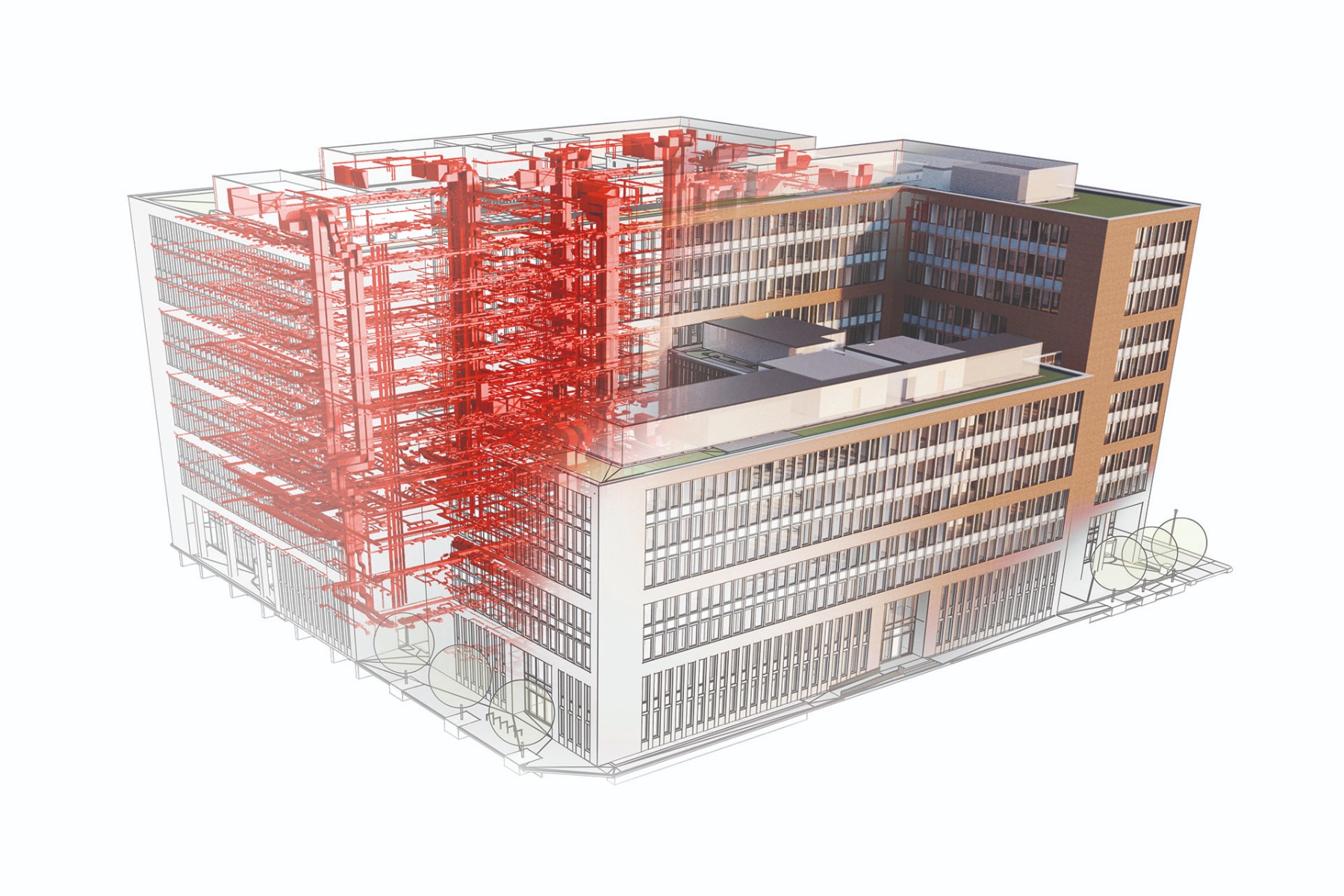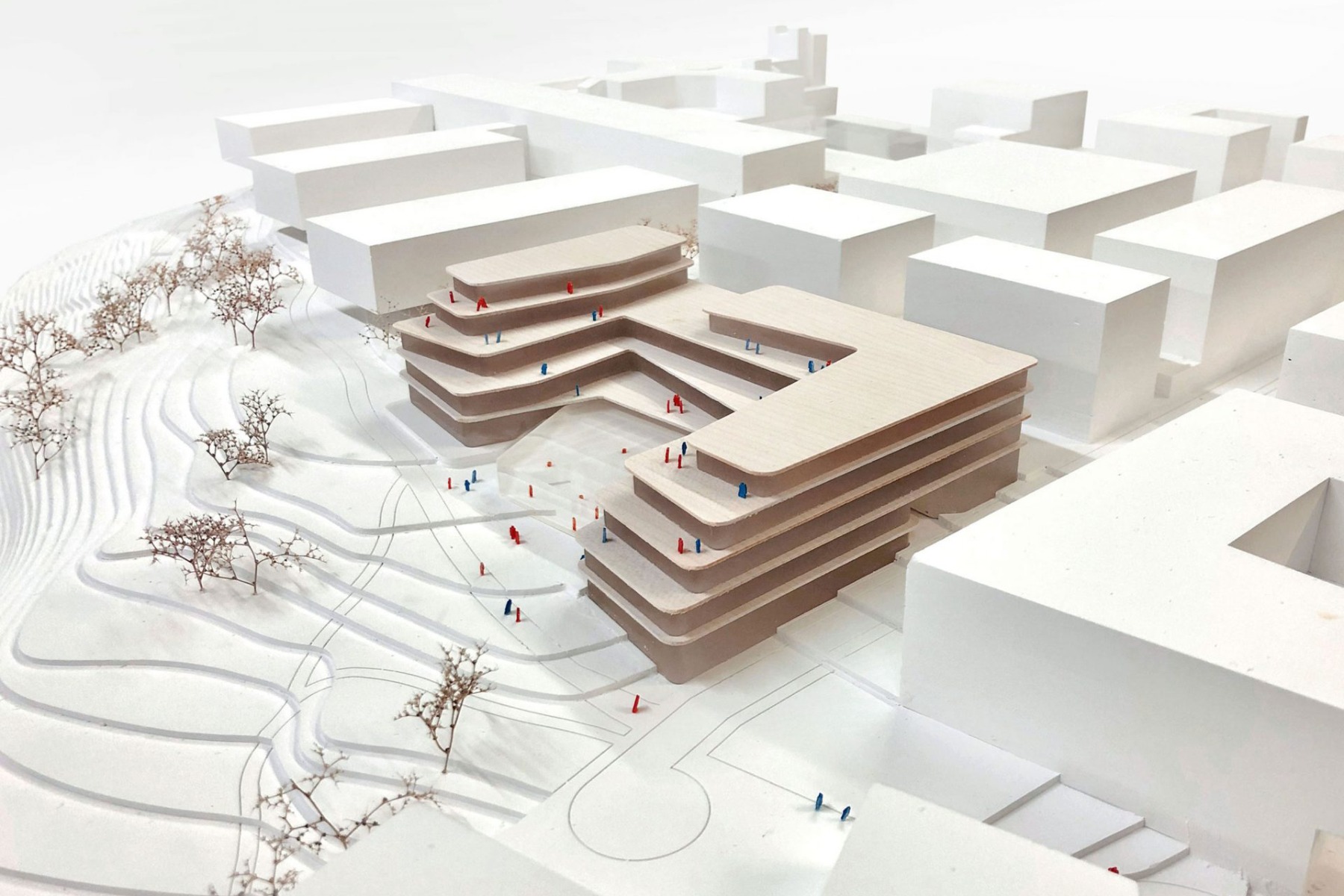BIM strategies in architectural offices
Driven to Perfection?

G5, Berlin; Rendering © Kleihues + Kleihues/bloomimages
Lorem Ipsum: Zwischenüberschrift
These days digital tools are enabling increasingly perfect design presentations within a short time span. But this in turn leads both to heightened expectations on the part of clients, and a declining willingness for abstraction, says Johannes Kressner of Kleihues + Kleihues Architekten.


G5, Berlin; Rendering © Kleihues + Kleihues/bloomimages
Lorem Ipsum: Zwischenüberschrift
Over the past few years, which areas of planning and building have undergone the greatest changes thanks to digitization?
We are noticing changes in differing contexts. The lower hurdles in modelling and rendering, for example, have enormously accelerated our design processes. In turn clients and users have come to expect to always be provided finished representations – and this has the side effect of a declining willingness for abstraction. Other changes related to BIM are even more serious, as they affect our work reality all the way through to forms of daily communication. Exchanging ideas with pen and paper and rolls of sketches has been almost completely replaced by the possibility to modify models in real time.
Lorem Ipsum: Zwischenüberschrift
Where are things still not working as you would like them to?
The greatest frictional losses in working with BIM occur at the interfaces with other project participants. To some extent this is undoubtedly due to differences in the structural logic on which individual software products are based, but is probably also because the strategies of individual protagonists are geared first and foremost towards increasing their own capabilities. A great deal of effort and in some cases frustration is involved in establishing a smooth exchange of information between the project participants. Thus in modelling and attribution work thought should always be put to the possibility of use by others. Plus a constructive form of communication should be cultivated.


Upbeat in der Europacity, Berlin; Rendering © Kleihues + Kleihues/bloomimages
Lorem Ipsum: Zwischenüberschrift
How has BIM changed collaboration?
Probably teamwork has become even more important through BIM as going it alone and deviating from previously agreed rules and objectives can have serious consequences.


MYND – High-rise at Alexanderplatz, Berlin; Rendering © Kleihues + Kleihues


MYND – High-rise at Alexanderplatz, Berlin; Rendering © Kleihues + Kleihues
Lorem Ipsum: Zwischenüberschrift
What are the most important components of a successful BIM strategy?
We see a huge advantage in the fact that bundling information in a “workpiece” reduces the error-prone comparison of contents in parallel documents. But this makes predictive modelling and attribution all the more important. In concrete terms, at the beginning of a project this means thinking through on the basis of use cases what the model should later do. At the same time we find it decisive to build up the model step for step while simultaneously reducing the level of detail to a necessary extent appropriate to the respective service phase. Further important components of our BIM strategy include in-house schooling, always in accordance with the concrete project situation, and on-going development of our template on the basis of empirically established values.
Lorem Ipsum: Zwischenüberschrift
Johannes Kressner is a partner in the Kleihues + Kleihues architectural office in Berlin. Kleihues + Kleihues is a member of the BIM Allianz.
XXX: X
YYY: Y
ZZZ: Z
AAA: A



